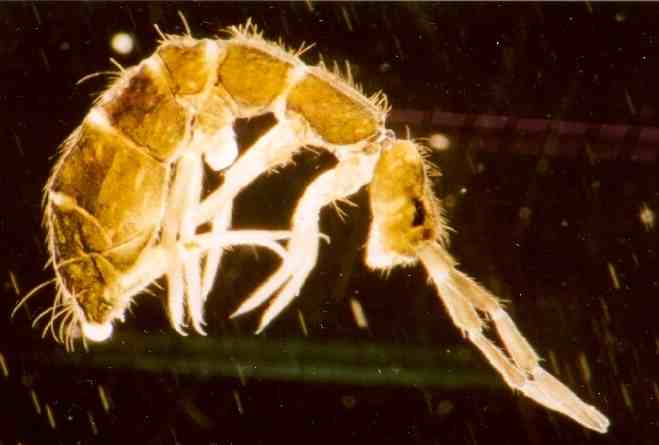|
Salina Mulcahyae
''Salina mulcahyae'' is a species of elongate-bodied springtails in the family Paronellidae Paronellidae is a family of elongate-bodied springtails in the order Entomobryomorpha. There are about 18 genera and at least 90 described species in Paronellidae. Genera These 18 genera belong to the family Paronellidae: * '' Callyntrura'' Bö .... References Collembola Animals described in 1980 {{springtail-stub ... [...More Info...] [...Related Items...] OR: [Wikipedia] [Google] [Baidu] |
Paronellidae
Paronellidae is a family of elongate-bodied springtails in the order Entomobryomorpha. There are about 18 genera and at least 90 described species in Paronellidae. Genera These 18 genera belong to the family Paronellidae: * '' Callyntrura'' Börner, 1906 * '' Campylothorax'' Schött, 1893 * '' Cyphoderopsis'' Carpenter, 1917 * ''Cyphoderus'' Nicolet, 1842 * '' Glacialoca'' * '' Lepidonella'' Yosii, 1960 * '' Metacoelura'' Salmon, 1951 * '' Micronellides'' * '' Parachaetoceras'' * '' Paronana'' * '' Paronella'' Schött, 1893 * '' Paronellides'' * '' Plumachaetas'' Salmon, 1951 * '' Pseudoparonella'' * '' Pseudoparonellides'' * '' Salina'' Macgillivray, 1894 * '' Troglopedetes'' Absolon, 1907 * '' Trogolaphysa'' Mills, 1938 g Data sources: i = ITIS, c = Catalogue of Life, g = GBIF, b = Bugguide.net References Further reading * * * External links * Collembola Arthropod families {{arthropod-stub ... [...More Info...] [...Related Items...] OR: [Wikipedia] [Google] [Baidu] |
Collembola
Springtails (Collembola) form the largest of the three lineages of modern hexapods that are no longer considered insects (the other two are the Protura and Diplura). Although the three orders are sometimes grouped together in a class called Entognatha because they have internal mouthparts, they do not appear to be any more closely related to one another than they are to all insects, which have external mouthparts. Collembolans are omnivorous, free-living organisms that prefer moist conditions. They do not directly engage in the decomposition of organic matter, but contribute to it indirectly through the fragmentation of organic matter and the control of soil microbial communities. The word ''Collembola'' is from the ancient Greek "glue" and "peg"; this name was given due to the existence of the collophore, which was previously thought to stick to surfaces to stabilize the creature. Some DNA sequence studies suggest that Collembola represent a separate evolutionary line ... [...More Info...] [...Related Items...] OR: [Wikipedia] [Google] [Baidu] |
